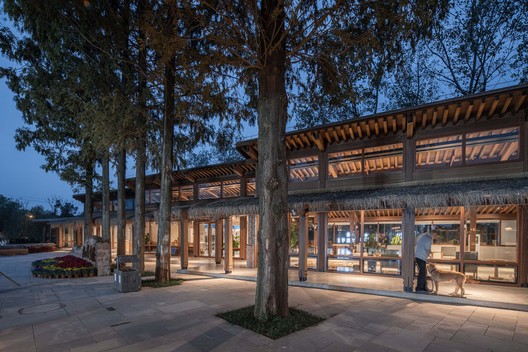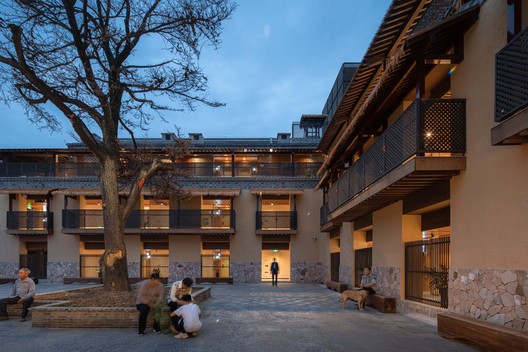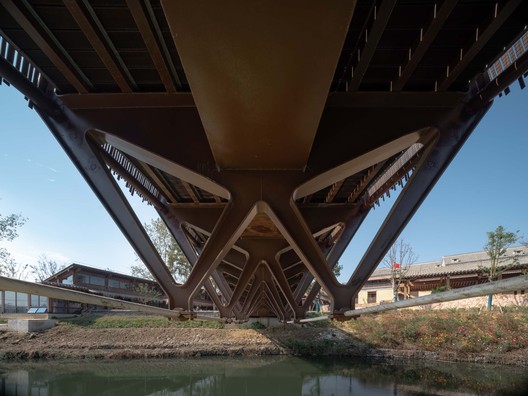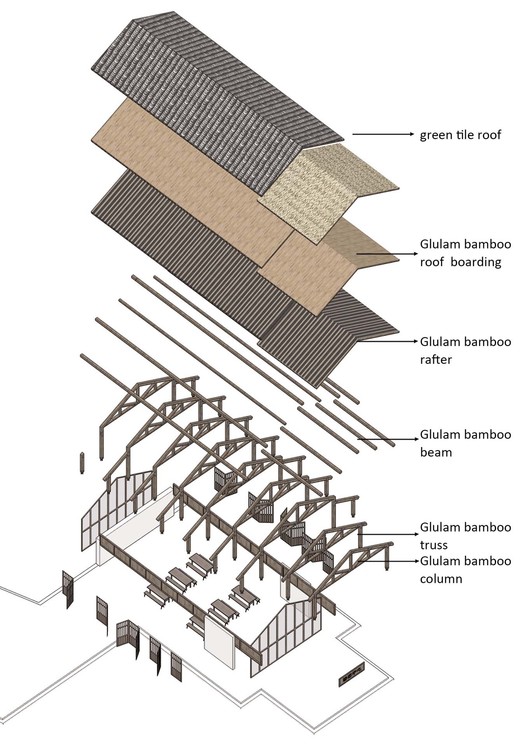
-
Architects: AESEU Architectural Technology and Art studio
- Area: 4950 m²
- Year: 2019
-
Photographs:Timeraw Studio, Haihua Wang, Zhu Li
-
Lead Architect: Zhu Li

Project Background. Lixiang Village is a village about 60 kilometers away from Nanjing city. It is a plain village near the mountain. The canals and ponds in Lixiang were formed by the rivers in the nearby mountains flowing through rice fields and villages. In recent years, Li Xiang has attracted many tourists for sightseeing because of the blueberry planting industry and characteristic historical culture. However, the original public facilities in the village could not meet the increasing demand for tourist services. Hence, in 2016, the ATA design team renovated some of the abandoned houses in the village to create a new village alley that runs through the interior of the village and integrates the function of tourist services, catering, historical exhibitions, cultural and creative exhibitions, and sales. This new village alley is not closed but integrated with the houses. The business opportunities of the tourists in the village have attracted many aboriginal villagers to return to their hometowns to operate hotels and homestays and sell agricultural products.














































